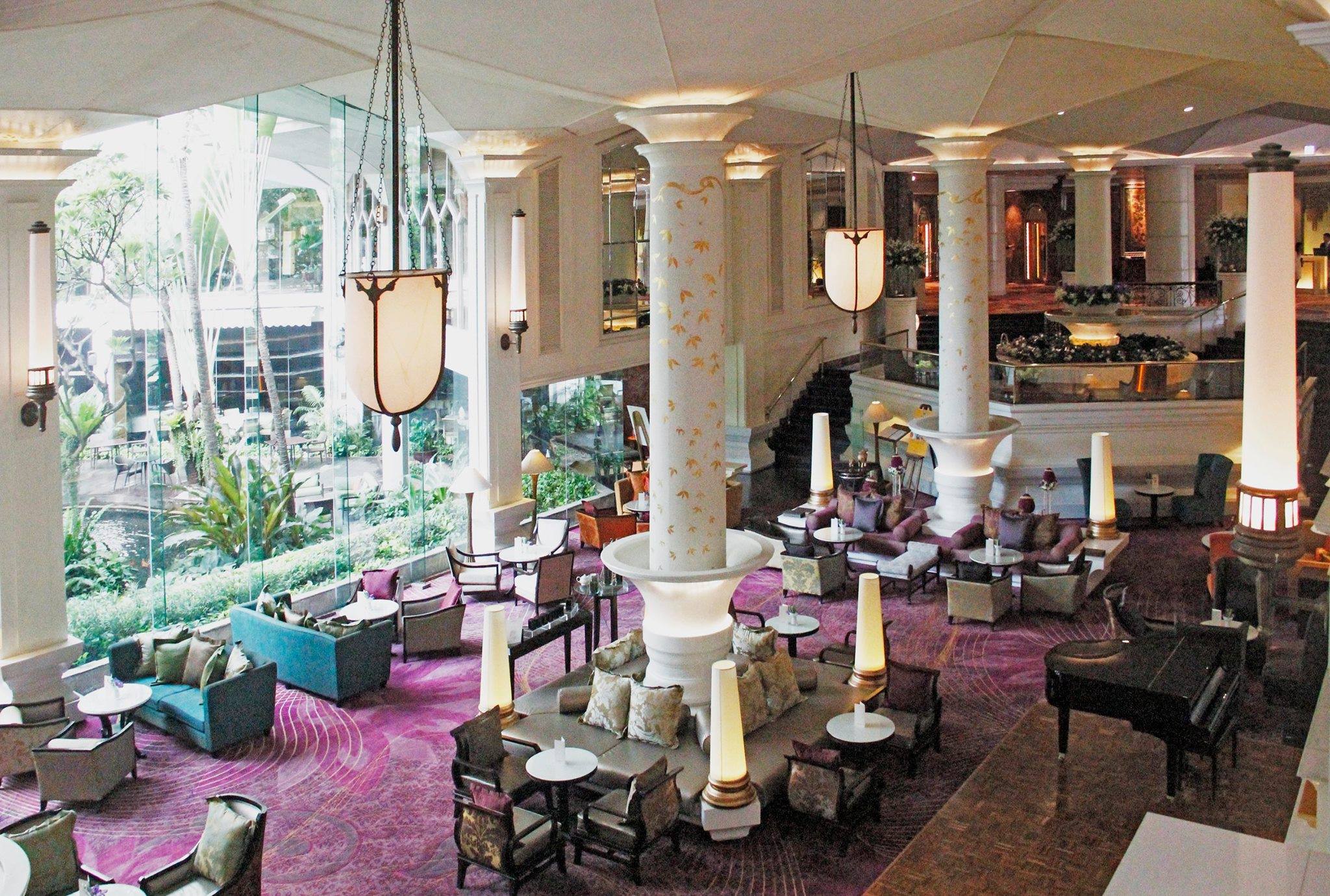Interior Design in Thailand after World War II
Main Article Content
Abstract
Interior Design in Thailand has been evolving, owing to domestic development and international interactions. The development of Thai interior design can be divided into six periods; (1) the early postwar (1945-1964), (2) the early development (1965-1975), (3) the Thai pioneer (1976-1986), (4) the globalization/Westernization (1987-1996), (5) the economic crisis (1997-2003), and (6) the Millennium (2004-present). In accordance to its socio-economic conditions, interior design in Thailand has been influenced by international interactions as well as domestic policies, as demonstrated by plenty interior designs and a fair number of professionals practicing interior design, as well as architectural styles and building types. Three components represented the interior design in each period are presented as space, function, finishing and furnishing. Interior space has been developed from separated hierarchical functions which required more area to open-and-flow style with combined function. Functions were ranging from simple (one function per space) to complex space (multiple, overlapping functions per space) and from public space for the purpose of sales to private residences for the aesthetics and comfortable lifestyles. Various finishing and furnishing were used ranging from imported luxurious brand-name design to local home-grown design, all of which are influenced by Western lifestyles, globalization, and other factors, including media and public visibility as well as social media. Interior design came to be more domesticated original and diverse owing to the digital platform and modern technologies. Hence, it is important to see how interior design in Thailand has corresponded with socio-economic conditions and international relations through professional development of interior designers.
Downloads
Article Details

This work is licensed under a Creative Commons Attribution-NonCommercial-NoDerivatives 4.0 International License.
All material is licensed under the terms of the Creative Commons Attribution 4.0 International (CC-BY-NC-ND 4.0) License, unless otherwise stated. As such, authors are free to share, copy, and redistribute the material in any medium or format. The authors must give appropriate credit, provide a link to the license, and indicate if changes were made. The authors may do so in any reasonable manner, but not in any way that suggests the licensor endorses you or your use. The authors may not use the material for commercial purposes. If the authors remix, transform, or build upon the material, they may not distribute the modified material, unless permission is obtained from JARS. Final, accepted versions of the paper may be posted on third party repositories, provided appropriate acknowledgement to the original source is clearly noted.
References
Prakitnonthakān, Chātrī. (2004) Kānmư̄ang læ sangkhom nai sinlapa sathāpattayakam: Sayām samai Thai prayuk chātniyom (Politics and Society in Art of Architecture: Siam Period, Contemporary Thai and Nationalism). Bangkok: Matichon. (In Thai)
Romyanond, Busakorn. (2003). Watsadu lae Karn Chai nai Ngarn Stapatayagumpainai (Materials and Applications in Interior Architecture. Pathumthani: Thammasat University. (In Thai)
Tiptus, Pussadee, and Bongsatad, Manop. (1982) Baan nai Krung thep: roopbab lae karn plean plang nai 200 pee (2325-2525 BE) (House in Bangkok: style and changes in 200 years (1782-1982). Bangkok: Chulalongkorn University.
Horayangkura, V. (2001). The Architecture of Thailand, Change amid Continuity : The New Challenge in Transforming Traditions: Architecture in the ASEAN Countries. In Jon Lim (ed.). ASEAN Studies Publication Series, The committee on Culture and Information (COCI) (pp.240-245). Singapore: Unique Press.


